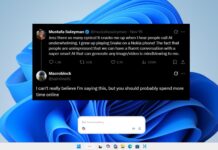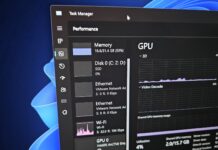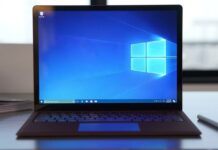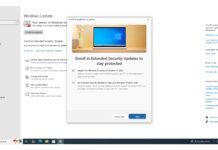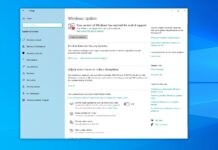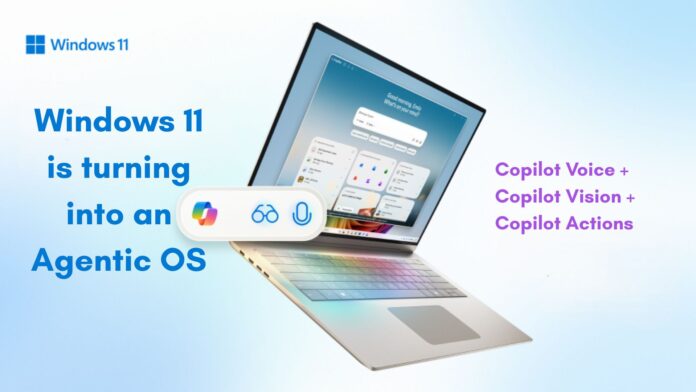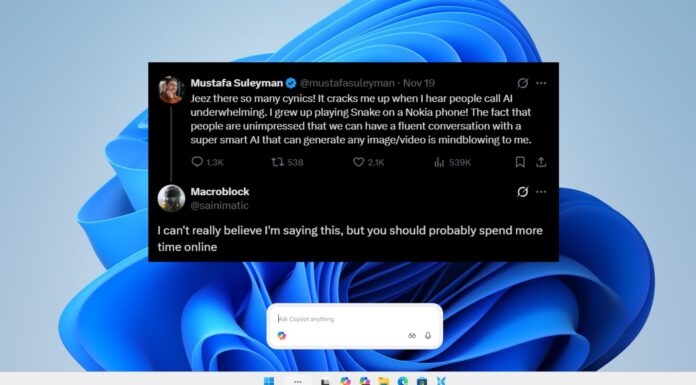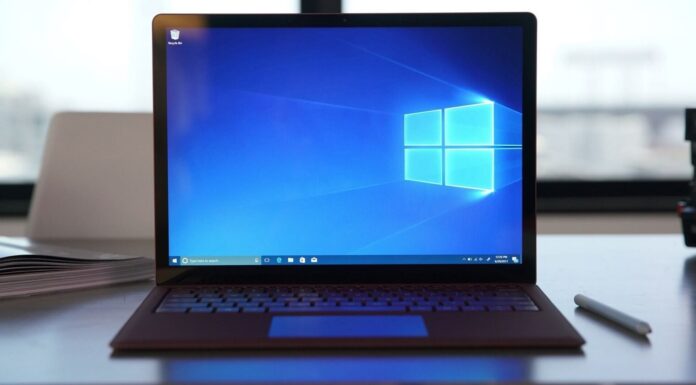Microsoft, today, said to the world that Windows 11 is soon becoming an Agentic OS, powered by Copilot Actions, and your voice. In essence, you’ll be able to tell your PC what to do, and it will do it without you having to lift a finger.
For the past few days, Microsoft has been hyping up Windows, in X with quotes like “Your hands are about to get some PTO”, and “Look ‘ma, no hands”. Of course, we would assume it’s a nod to the Windows 2030 Vision video released by Microsoft, where the company says that traditional mouse and keyboard interactions will become obsolete.
Considering that 2030 is almost half a decade away, we didn’t expect Microsoft to go all in so early. However, the company said today, “you can talk to” your Windows 11 PCs.
Windows 11 is becoming an agentic OS
Windows 11 gets yet another feature with the “Copilot” tag in it, but this time around, it might be the most powerful and profound feature that can potentially change how we use Windows PCs. And Microsoft calls it Copilot Actions.
Copilot Actions isn’t actually new. Microsoft announced it back in May, but it was available only on the web version of Copilot. Even then, it was able to make reservations, get tickets, and order stuff, all on your behalf, through its integration with third-party services on the web.
In just 5 months, Copilot Actions has found its way into Windows 11, making the latter an Agentic OS.
What is an Agentic OS?
An agentic OS is still an operating system, but it supports and coordinates AI agents that can think, plan, and execute tasks on behalf of its users. The OS, here, acts like a platform that provides these AI agents access to apps and services that we use.
Microsoft’s implementation of this is done through an open standard called the Model Context Protocol (MCP), which was officially introduced by Anthropic in November 2024.
This protocol is what lets AI agents in Windows 11 securely discover, summon, and plan tasks in native applications, giving them the ability to edit files, launch custom workflows, and interact with system features without our input through the “traditional” keyboard and mouse.
Copilot Actions is Microsoft’s primary AI Agent for Windows 11, but it is turned off by default. When the feature finally rolls out to the public, you’ll need to enable Experimental agentic features in the Copilot app Settings.
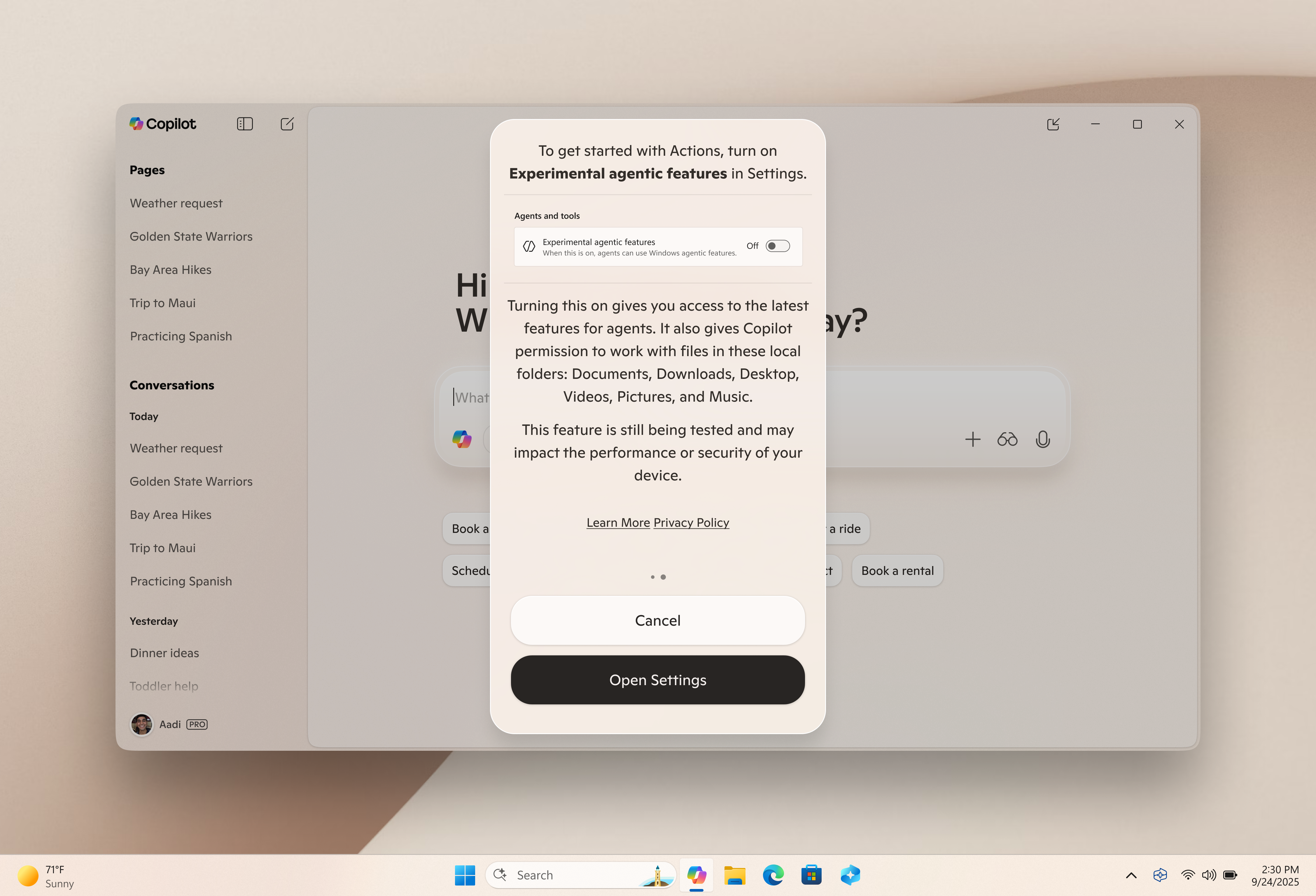
Microsoft has three main goals with Windows AI PCs:
- To give you the ability to interact naturally with your PC using text or voice, which it does through Copilot Voice.
- Allow the PC to see what you see and be able to support you in whatever you are doing through Copilot Vision.
- Give the PC the ability to perform tasks and handle workflows on your behalf through Copilot Actions.
What makes Windows 11 agentic?
According to Microsoft, it starts with “Hey Copilot.”, which is the wakeup word for Copilot Voice, that you can enable in the Copilot Settings. Sure, we’re used to “Hey Google” and “Hey Siri”, but unlike asking random questions, here Microsoft also envisions us getting things done.
Once activated, Copilot Voice listens to you, understands you, and if Microsoft’s “Meet the Computer You Can Talk To” campaign is to be believed, it can launch apps, modify files, and perform tasks.
All you have to do is describe a task in natural words; Copilot Voice will break it down into specific instructions, and will use Copilot Vision, if necessary, to understand what’s on the screen, maybe access files as well, and finally interact with desktop and web applications using Copilot Actions. Copilot Connectors allow it to connect to cloud service providers like Google Calendar and OneDrive.
Let’s say you have a website open up on your PC, and it’s your portfolio. Your task is to write about yourself and summarize your portfolio to send to a potential client. Just say “Hey Copilot, help me turn my portfolio into a bio”, and if everything works as expected, the first thing that gets enabled is Copilot Voice, which understands your requirements. Then, based on those requirements, Copilot Vision scans your portfolio website on the screen, collecting all relevant information, and then Copilot Actions will perform its agentic task of opening Word and automatically typing the content for your bio. If prompted, it will take additional information from your Google Drive using Connectors as well.
And most importantly, the new Word file containing your bio was created with just your voice. No use of keyboard or mouse. This is an agentic OS in action, and is as close to Jarvis as we have ever come.
Once a task is complete, Copilot will automatically close after a few seconds of no interaction, or you can just say “Goodbye”, and it will end the conversation. If you want to go full primitive, you can use the mouse pointer to tap the X icon.
While Copilot Actions does its job, you can perform other tasks as well on your PC. That’s because all AI Agents in Windows 11 have their own desktop environment. At any point, you can Take Control of the tasks, and there will be constant live tracking of whatever task is being carried out by Copilot Action.
How secure is agentic mode in Windows 11
As with all things AI, privacy and security are always a concern, and it’s pretty obvious because you’re essentially giving a software entire access to your files, desktop, and whatever you’re doing on screen.
Fortunately, Microsoft is pretty careful about this. The company says that we have full control of what Copilot Actions can do, including pausing it and disabling it at any time.
Although Microsoft announced these products, everything is still under internal testing and will begin rolling out slowly in previews.
Will all Windows 11 PCs get Copilot Actions?
The blog released by Microsoft’s Executive Vice President, regarding Copilot Actions, is titled “Making every Windows 11 PC an AI PC.”. At no point in the blog does it mention that Copilot Voice, or Vision, or Actions is limited to Copilot+ PCs.
It’s quite surprising because some of the tasks shown in Microsoft’s video demonstrations can take up a pretty good toll if you have an older CPU, so performing other tasks along with this may not be a good idea.
However, it’s probably a cakewalk for a modern SoC with at least 40 TOPS NPU. This time, Microsoft decided not to aggressively push Copilot+ PCs, and it’s a good thing in my books. Either way, it’s clear that the company wants Copilot Voice to become a natural part of how we use our PC.
As of now, Hey Copilot is generally available, along with Copilot Vision, getting a global rollout. All other features will roll out soon to Windows Insiders.

